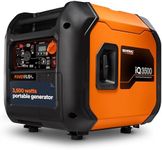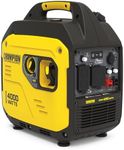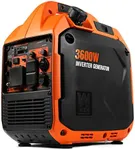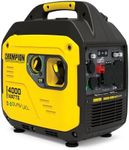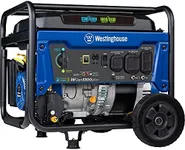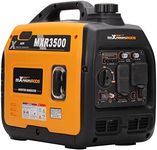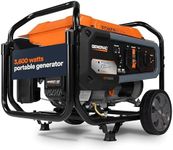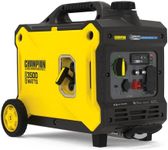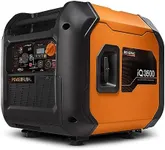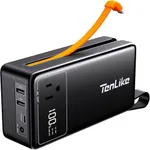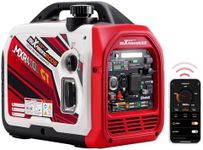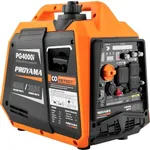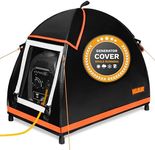Buying Guide for the Best Generator 3500 Watt
Choosing the right generator can be a crucial decision, especially if you need reliable power for your home, RV, or job site. A 3500-watt generator is a versatile option that can provide enough power for a variety of uses. To make the best choice, you need to understand the key specifications and how they align with your specific needs. Here are the main specs to consider and how to navigate them.Power OutputPower output, measured in watts, indicates how much electrical power the generator can produce. For a 3500-watt generator, this means it can handle up to 3500 watts of load at any given time. This is important because it determines what appliances and devices you can run simultaneously. If you need to power multiple high-wattage devices, ensure the combined wattage does not exceed the generator's capacity. For example, a refrigerator, a few lights, and a small air conditioner might be within the range, but adding more high-wattage devices could overload the generator.
Fuel TypeGenerators can run on various types of fuel, including gasoline, propane, and diesel. The fuel type affects the generator's efficiency, cost of operation, and convenience. Gasoline is widely available and easy to use but can be less efficient and has a shorter shelf life. Propane is cleaner and has a longer shelf life but may require additional equipment like a propane tank. Diesel is efficient and has a longer shelf life but can be more expensive and less readily available. Choose the fuel type based on availability, cost, and your specific needs.
Run TimeRun time refers to how long the generator can operate on a full tank of fuel. This is crucial for planning how long you can rely on the generator without needing to refuel. Run times can vary significantly, with some generators offering as little as 4 hours and others up to 12 hours or more. If you need continuous power for extended periods, look for a generator with a longer run time. For occasional or short-term use, a shorter run time may be sufficient.
PortabilityPortability is determined by the generator's weight, size, and design features like wheels and handles. This is important if you need to move the generator frequently, such as for camping trips or job sites. Lighter and more compact models are easier to transport but may have lower power output or shorter run times. Heavier models with wheels and handles can offer more power and longer run times but may be more challenging to move. Consider how often and where you will need to transport the generator to choose the right level of portability.
Noise LevelNoise level, measured in decibels (dB), indicates how loud the generator will be during operation. This is important for comfort and compliance with noise regulations, especially in residential areas or campsites. Generators can range from very quiet (around 50 dB) to quite loud (over 70 dB). If you need a generator for a quiet environment, look for models with lower noise levels. For construction sites or other noisy environments, a higher noise level may be acceptable.
Starting MechanismThe starting mechanism can be either manual (pull-start) or electric (push-button or remote start). This affects the ease of starting the generator. Manual start generators are typically more affordable and have fewer components that can fail, but they require physical effort to start. Electric start generators are more convenient and easier to use, especially for those who may have difficulty with pull-start mechanisms. Choose based on your preference for convenience and ease of use.
